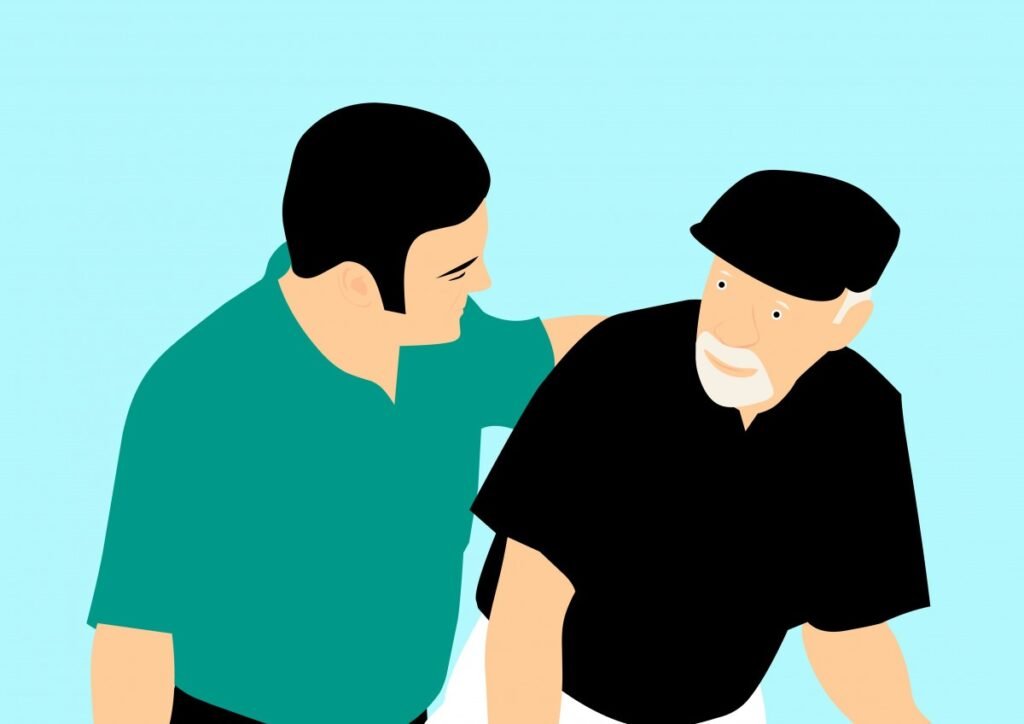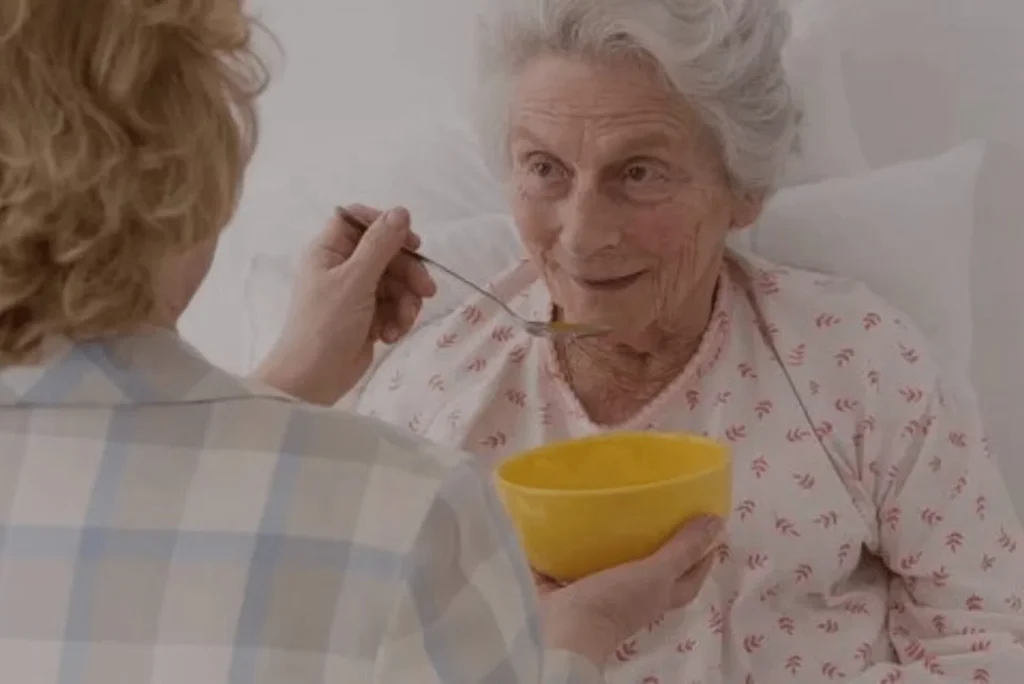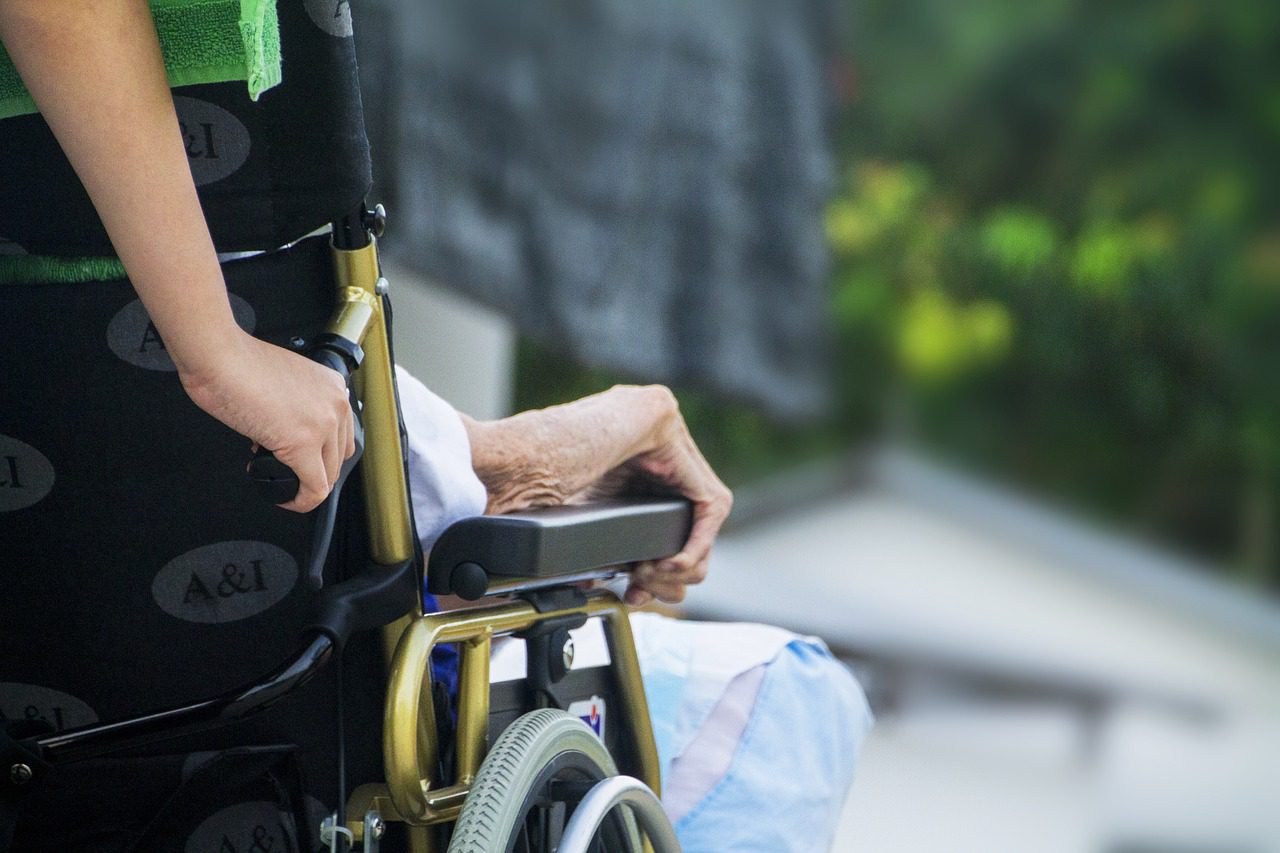What Are The Four Levels Of Hospice Care? [EXPLAINED]
Hospice care allows patients with a life-limiting illness to receive compassionate care in the last stages of their lives. These care facilities focus on providing care, and support and improving the quality of life of individuals with incurable diseases.
If you or your loved one has been diagnosed with a fatal disease, with six or less than six months to live, hospice care might be the best option to consider. These care facilities focus on both your physical and mental well-being.
Check us out if you’re looking for the best Hospice Care Services in Florida!
![6 Activities of Daily Living & Need for Long-Term Care [UPDATED]](https://caringhandshomecarefl.com/blog/wp-content/uploads/2023/11/ADLs-and-IADLs-What-Are-They_-1024x683.jpg)
![6 Activities of Daily Living & Need for Long-Term Care [UPDATED]](https://caringhandshomecarefl.com/blog/wp-content/uploads/2023/11/ADLs-and-IADLs-What-Are-They_-1024x683.jpg)
Four Levels of Hospice Care
Hospice care focuses on providing support, comfort, and dignity to patients as well as their families. The four levels of hospice care focus on different stages of illness and address its needs accordingly.
Routine Home Care
The most common type of hospice care is routine home care where the patient receives help in their private residence. This level of care includes regular visits by hospice nurses to help terminally ill patients and their families.
Services
- Symptoms and pain management by regular visits.
- Assistance in daily tasks, such as help with bathing or personal hygiene.
- Access to medical equipment and medications related to the patient’s respective illness.
- Educational support for family or caregivers.
Continuous Care
Continuous care is provided when the patient is experiencing acute symptoms of his or her illness and requires more supervision. This level of care is also provided in the patient’s home.
Services
- Nursing facilities are provided round-the-clock to ensure effective management of patient’s symptoms.
- Thorough monitoring to keep the patient’s condition stabilized.
- This level of care is temporary and goes back to routine care if the crisis is resolved.
Inpatient Respite Care
This level of care is designed to provide short-term relief to families or caregivers. The patient is temporarily moved to a hospice inpatient care facility or a hospital.
Services
- A five-day break is given to family members and caregivers to rest and prevent burnout.
- Hospice inpatient care takes care of patient’s needs and gives families the time to attend to their personal needs.
- Regular checkups and medical assistance are provided to patients during their stay with the care facility or hospital.
General Inpatient Care
When the patient’s symptoms can’t be effectively managed at home and they require a higher level of medical assistance, they are moved to a medical facility with 24-hour nursing care.
Services
- Medical assistance for acute symptoms and crises.
- 24-hour medical assistance in a hospice unit.
- Access to advanced medical equipment that isn’t accessible at home.
Also, Read: 6 Activities of Daily Living & Need for Long-Term Care [UPDATED]


How To Choose Hospice Care?
Choosing hospice care is a significant task to undertake. Whether choosing hospice care for yourself or your loved ones, it is essential to consider various factors before opting for a care facility.
Evaluate Services Provided
Understand the number of facilities provided by each hospice care. Consider medical, nursing, emotional, physical, or bereavement support.
Consult with Healthcare Providers
Engage in an open conversation with healthcare providers, Get a thorough idea of specialists, nursing staff, or physicians.
Compare Different Hospice Care
Compare different hospice care and consider reviews by people who have experience with these care centers. Choose the one with the best services and reputation.
Consider Staff’s Expertise
Inquire about the working experience of staff in care facilities. Know about the training of doctors, nurses, and other staff members working in hospice care.
Consider Financial Standing
Understand the need for finances in providing hospice care for oneself or a loved one. Consider insurance coverage, out-of-pocket costs, and financial assistance programs.
How is Emotional Support Provided in Hospice Care?
Hospice care puts great emphasis on the emotional aspects of patients. They prefer to create a safe space for patients and families to express their concerns and feelings. Other than that, following emotional support is provided to patients to ensure their well-being.
Emotional Counselling
Trained counselors, therapists, or psychologists may engage in a meaningful conversation with patients to voice their concerns. They help patients and families deal with emotional challenges effectively.
Support Groups
Hospice care usually forms support groups for people with similar experiences or terminal diseases. These support groups help provide patients with a sense of companionship and help them emotionally.
Open Communication
Hospice care encourages and promotes a healthy environment where patients can openly raise their concerns and express their feelings. It helps in building honest and safe surroundings for patients as well as their families.
Companionship with Presence
Hospice care staff and workers provide patients with companionship. Sometimes just having someone to look at or talk to can reduce negative feelings of isolation and promote emotional wellbeing.
Bereavement Support
After the patient’s death, hospice care provides families with a bereavement program to deal with their grief effectively. This may include support groups or resources for families to cope with the loss of their loved ones.


What Physical Support is Provided in Hospice Care?
Physical Support is an essential component of Hospice Care that focuses on improving the quality of life for patients dealing with a life-limiting or terminal disease. Following common physical supports are offered in hospice care.
Pain Management
Hospice care focuses on reducing any signs of pain or discomfort in the patient. They effectively deal with pain through physical therapies or medications.
Symptom Management
With a terminal disease comes several symptoms that reduce the quality of life of patients in their time left. Hospice care tries to manage these symptoms such as nausea, dizziness, fatigue, and shortness of breath.
Assistance with ADLs
Hospice care assists patients with their daily life tasks. The six basic ADLs are completed with assistance from hospice care. These activities include dressing, eating, bathing, toileting, grooming, and transferring.
Nutritional Support
Hospice care focuses on providing patients with a diet full of nutrition to improve their well-being.
Hospice care also adapts itself according to the needs and preferences of the patient. For instance, if a patient has a struggle swallowing food, hospice care can provide softened food or feed the patient through a tube that goes into their stomach.
Help in Mobility
Hospice care staff can aid patients in their mobility by encouraging physical activity or exercise in terminally ill patients. These care facilities focus on promoting independence in these patients to improve their standard of living.
Medication Management
Hospice nursing uses effective and prescribed medication for patients to improve their comfort. The frequency of giving medicines may change with varying symptoms.


What Criteria Determine Eligibility for Hospice Care?
It is crucial to get your loved ones the help and care they require, whether at a medical facility or homes by their families or caregivers.
The criteria for hospice care eligibility depends upon multiple factors that include the patient’s health condition and the prognosis.
Prognosis
Patients are generally considered eligible for hospice care only if their doctors or health specialists give a prognosis of six months or less to live.
Condition of the Disease
The eligibility criteria for hospice care also depend on the condition of the disease. If the patient is at an advanced and incurable stage of the disease they are most likely to be eligible for hospice care.
Decline in Functioning Ability
If a patient struggles with functioning and cognitive abilities to carry out a task, they are more likely to be considered eligible for receiving hospice care.
Dependence on assistance
If a patient tends to depend upon you for their daily activities, hospice care might be a good option to consider. Inability to do daily tasks may meet eligibility criteria for hospice care.
Patient’s and Family’s Choice
It is essential to take the patient’s consent and include their preferences in decision-making. If the patient chooses the comfort of life over treatments for incurable diseases, hospice care might be the best option. Choosing hospice care is usually a collaborative decision between patients, families, and health specialists.
Editor’s Pick: How Serious Is Fluid On The Lungs In The Elderly?


How Does Hospice Care Enhance Quality of Life in Final Stages of Life?
Every human deserves to have peace of mind in the final stages of their lives. Hospice care aims to improve the patient’s well-being and happiness in their time left. Following are some of the strategies hospice care uses to ensure the patient’s welfare
Holistic Approach to Care
Hospice care focuses on a holistic approach to patient care providing physical, emotional, and spiritual aspects to improve the patient’s standard of living.
Psychological Support
Hospice care focuses on providing psychological support to patients by giving them a safe and comfortable space to voice their concerns and feelings. They also focus on managing negative feelings a patient might be encountering as their life ends.
Respecting Dignity and Autonomy
Hospice care focuses on respecting the dignity and autonomy of patients. The care facilities provide patients with a sense of control by knowing their preferences regarding the care program.
Promoting Social Interaction
Hospice care focuses on building a healthy environment between patients and workers or staff by providing chances for social interaction. This can reduce feelings of isolation or loneliness
Palliative vs. Hospice Care
While both palliative and hospice care are distinct approaches to health care there are significant differences between them. However, choosing a care facility depends on the condition of the patient and their individual preferences.
Hospice care focuses on providing care facilities in the last six months of life when the disease is no longer curable. However, palliative care focuses on providing health care with a flexible schedule and can be provided at any stage of illness, alongside the treatments.


The treatment plan in palliative care is usually about curing symptoms and is not limited to the end of life situations. However, in the case of hospice care, the treatment focuses on improving the quality of life in the final stages of the patient.
While hospice care is confined to multiple care facilities, usually at home, palliative care is provided at hospitals, outpatient clinics, or other settings.
Conclusion
From routine care that provides an effective care facility at home to general inpatient care focusing on 24/7 supervision of patients, hospice care provides dedicated support to those who require it. No doubt, the end of life’s journey is a distressing situation for both patients and families but with adequate care and support, it can be made easier. By prioritizing physical comfort, emotional care, and spiritual support, hospice care centers can effectively improve living standards.
FAQs
Where is hospice care provided?
Hospice care can be provided in the patient’s home, nursing facilities, or hospice facilities.
Who works in hospice care?
Hospice care may consist of a professional team of healthcare specialists including physicians, nurses, social workers, or volunteers.
Are there any emotional factors for patients as they move from one care facility to another?
Patients may encounter feelings of confusion or difficulty in adjustment which can consequently lead to aggression, frustration, or irritability.
What resources are provided to families to grieve their loss?
Families in hospice can receive emotional support through counseling or several support groups.
Does hospice care address cultural preferences and beliefs at each level?
Yes, hospice care is specially designed to respect diverse beliefs and cultural preferences. These care facilities stay culturally sensitive to avoid contributing to a negative surroundings.



![Does Hospice Cover 24-Hour Care At Home? [Agency Guide]](https://caringhandshomecarefl.com/blog/wp-content/uploads/2024/02/Does-Hospice-Cover-24-Hour-Care-At-Home-768x433.png)